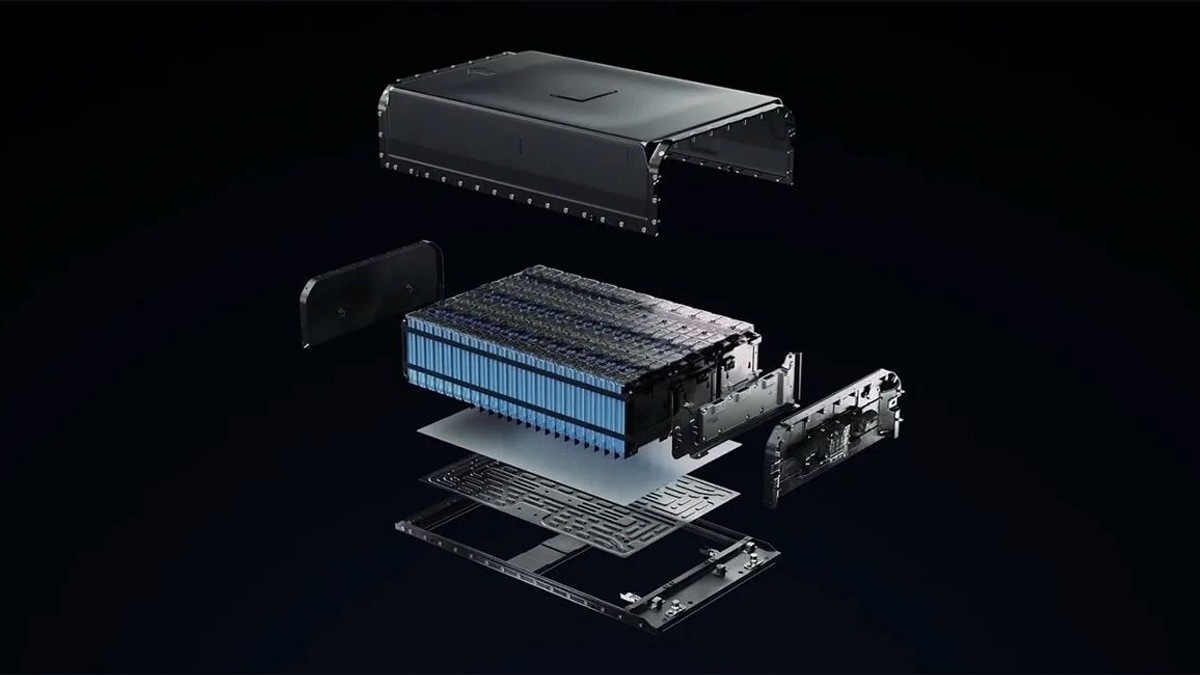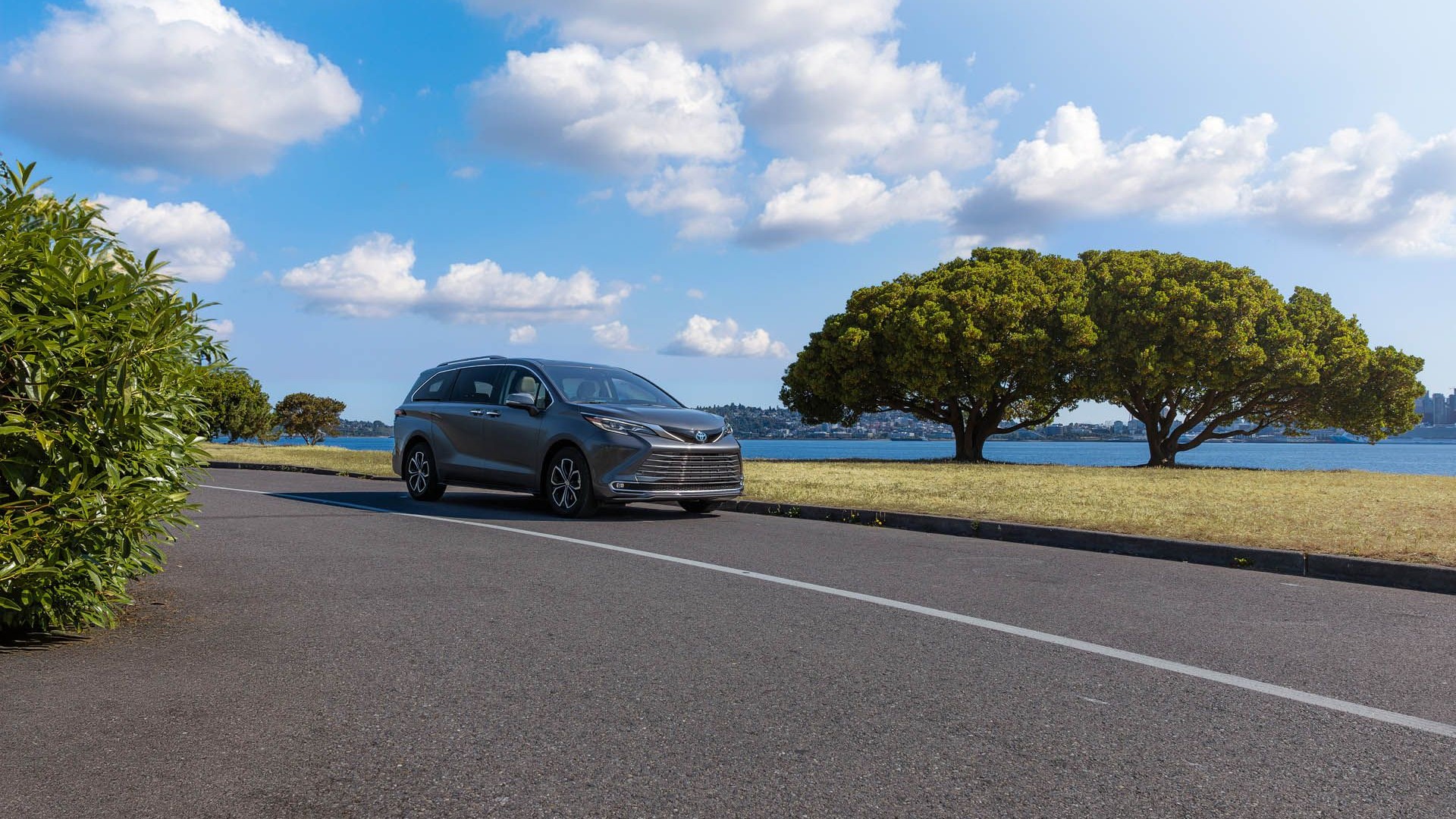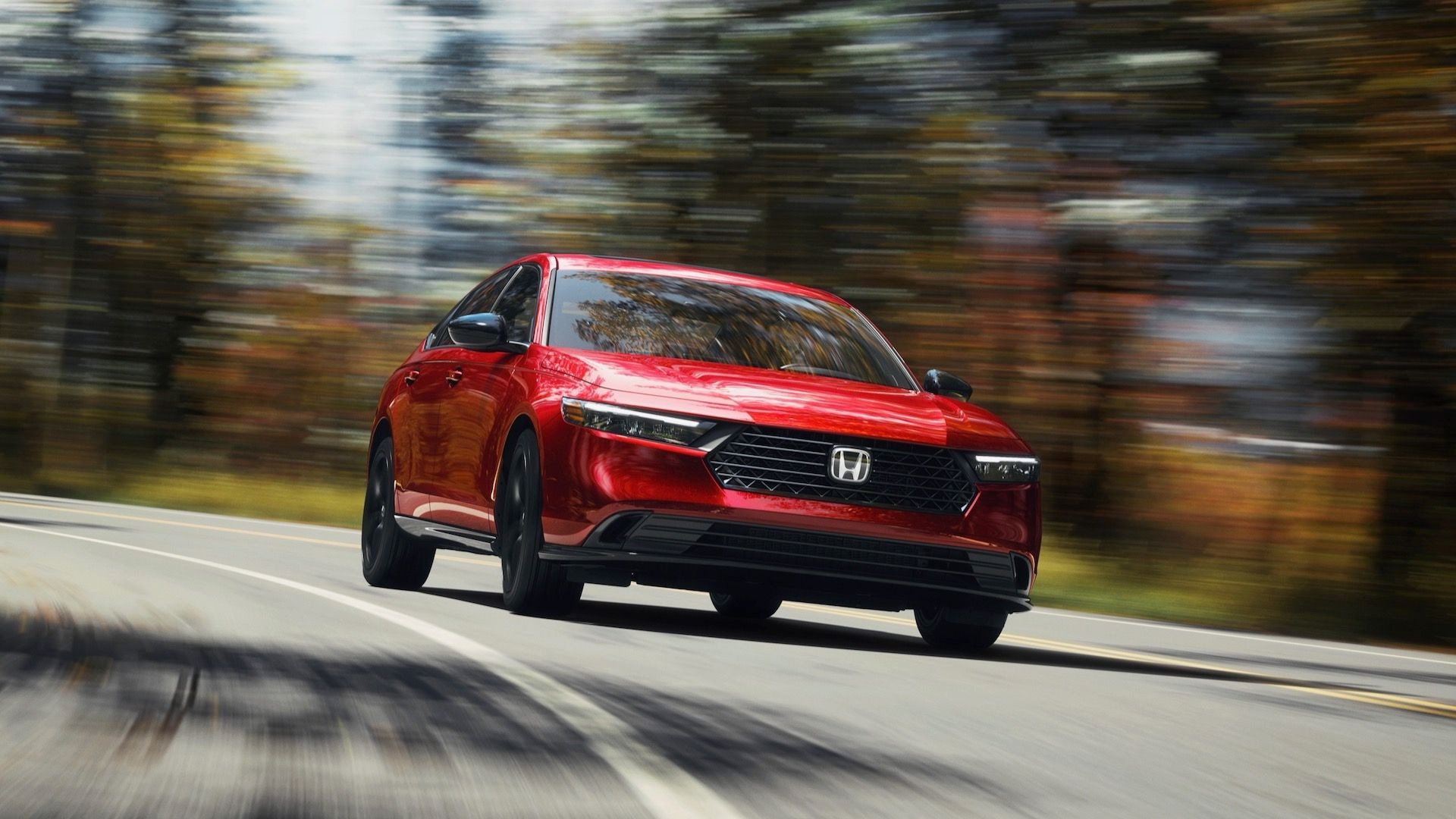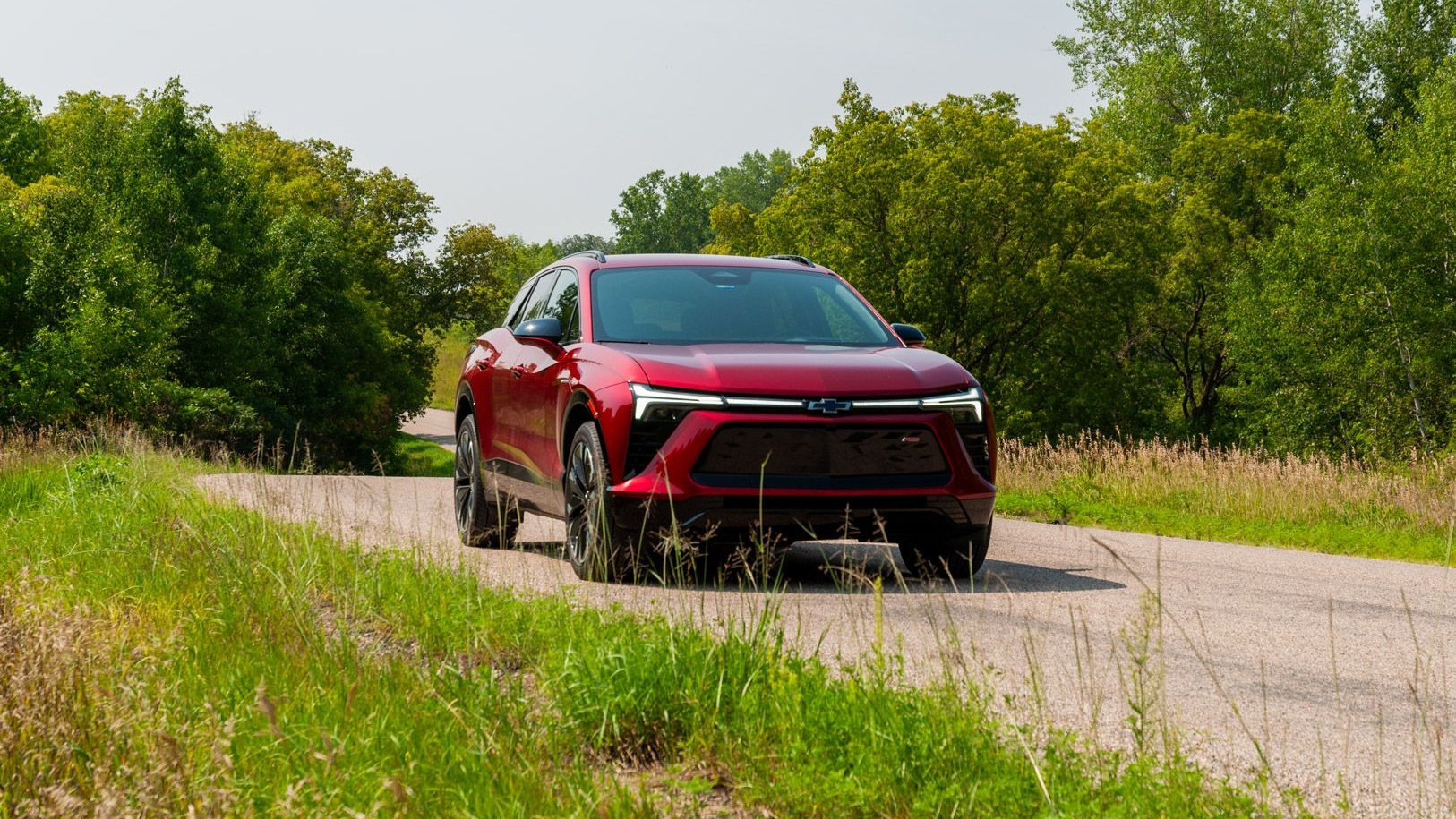As the only part of a car that actually touches the road, tires can have a major impact on both performance and efficiency. Tire manufacturer Pirelli and automotive supplier Bosch both believe that making tires an extension of vehicle sensing systems can help enhance both.
The joint development agreement was announced Tuesday for tires with embedded sensors, which is being touted as potentially delivering "greater safety, comfort, and sustainability, as well as improved driving dynamics," according to the companies.
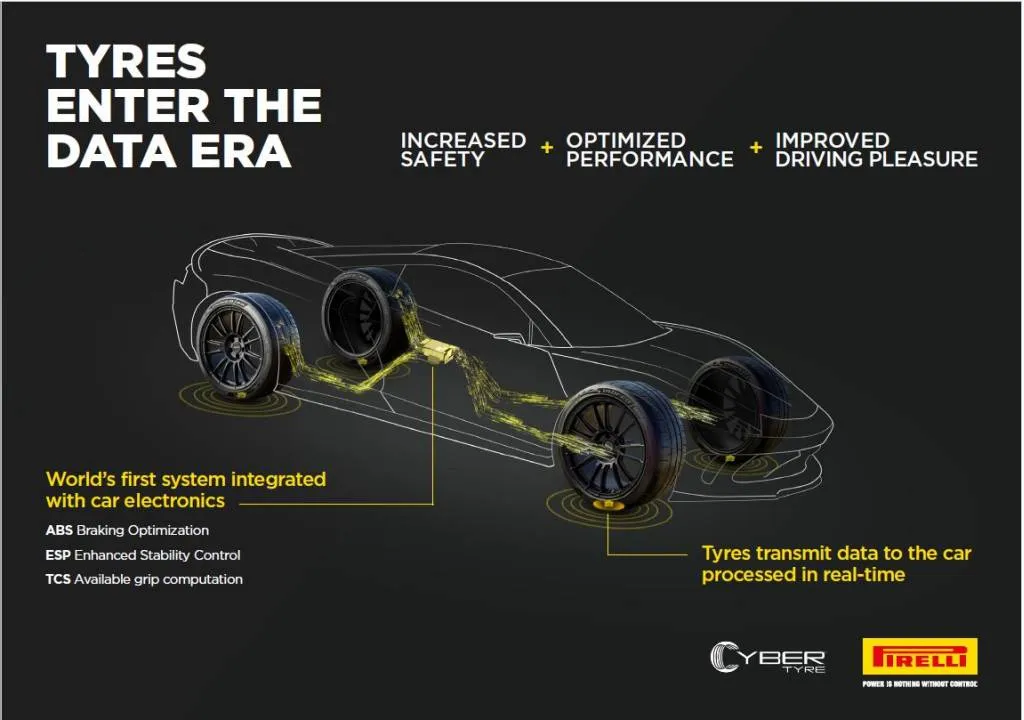
Pirelli and Bosch to develop data-transmitting tires
These improvements will come courtesy of data transmitted from the in-tire sensors to a vehicle's onboard computers, according to the companies, allowing for different vehicle parameters to be more finely tuned for road conditions. Bosch and Pirelli have already demonstrated this tech with special Pirelli tires for the Pagani Utopia supercar, which feed data directly to a Bosch-supplied stability controls system.
Unmentioned is whether such tech will allow Pirelli to better design tires for the specific requirements of EVs. Their higher curb weights and torque-rich motors mean EVs tend to wear through tires more quickly, which tire maker Michelin has acknowledged isn't the greatest thing for the environment.
Michelin is now advocating airless tires as the future for EVs, telling Green Car Reports that they will avoid some waste from tires taken out of service prematurely due to sidewall damage or punctures, while also dealing with the greater curb weight of EVs.
Minimizing rolling resistance can help EVs achieve maximum range and hybrids achieve maximum fuel economy. California has even considered replacement-tire efficiency standards to ensure cars sold with efficiency-focused tires as original equipment get comparable replacements, with low rolling resistance, when those tires inevitably wear out. Whether or not connected tires are part of this future, or whether they throw more weight and complexity toward simpler efficiency goals, remains to be seen.


